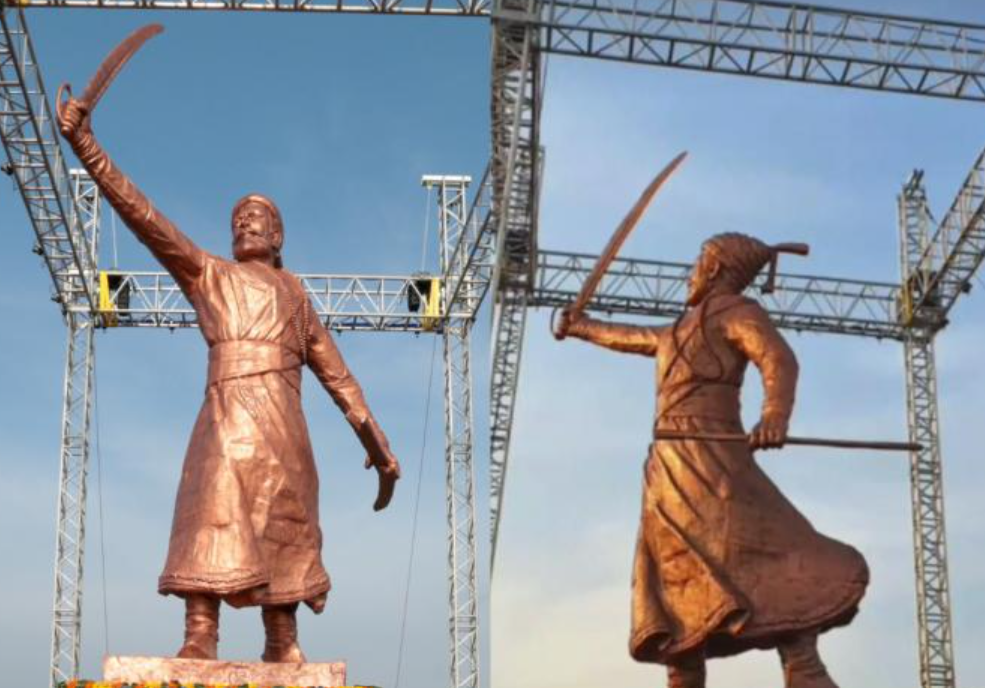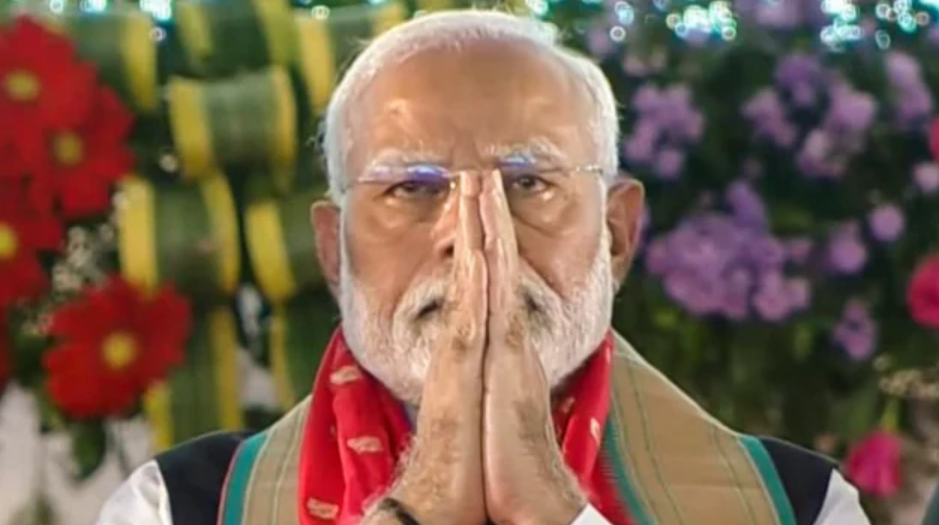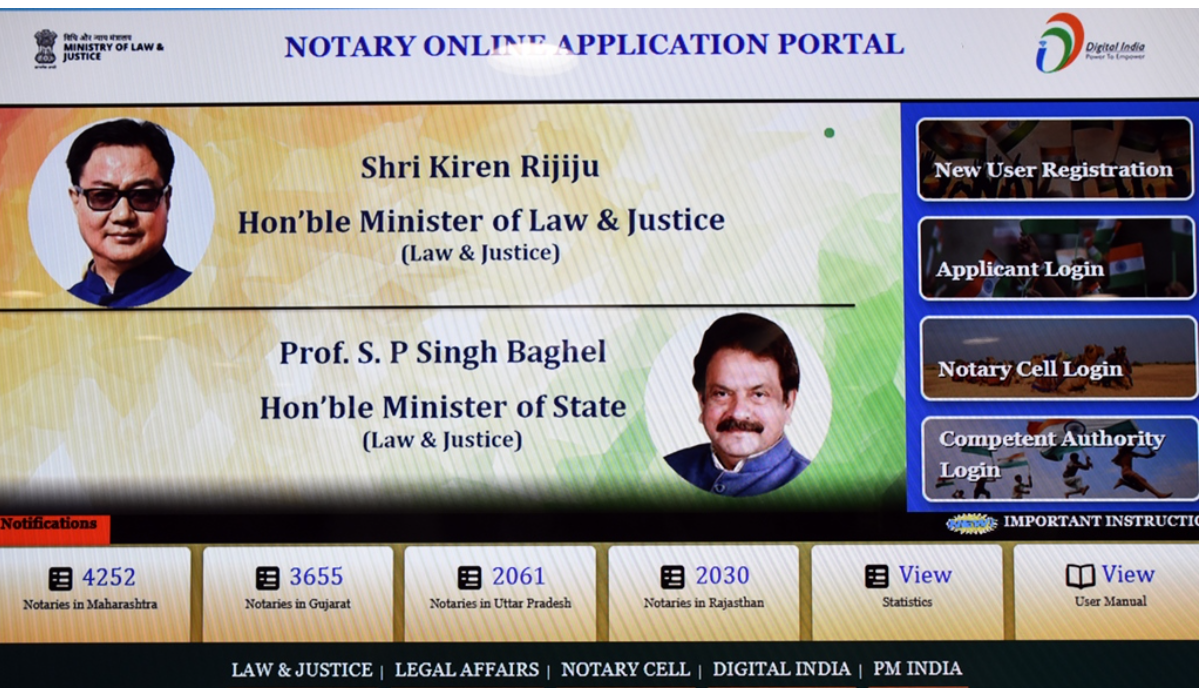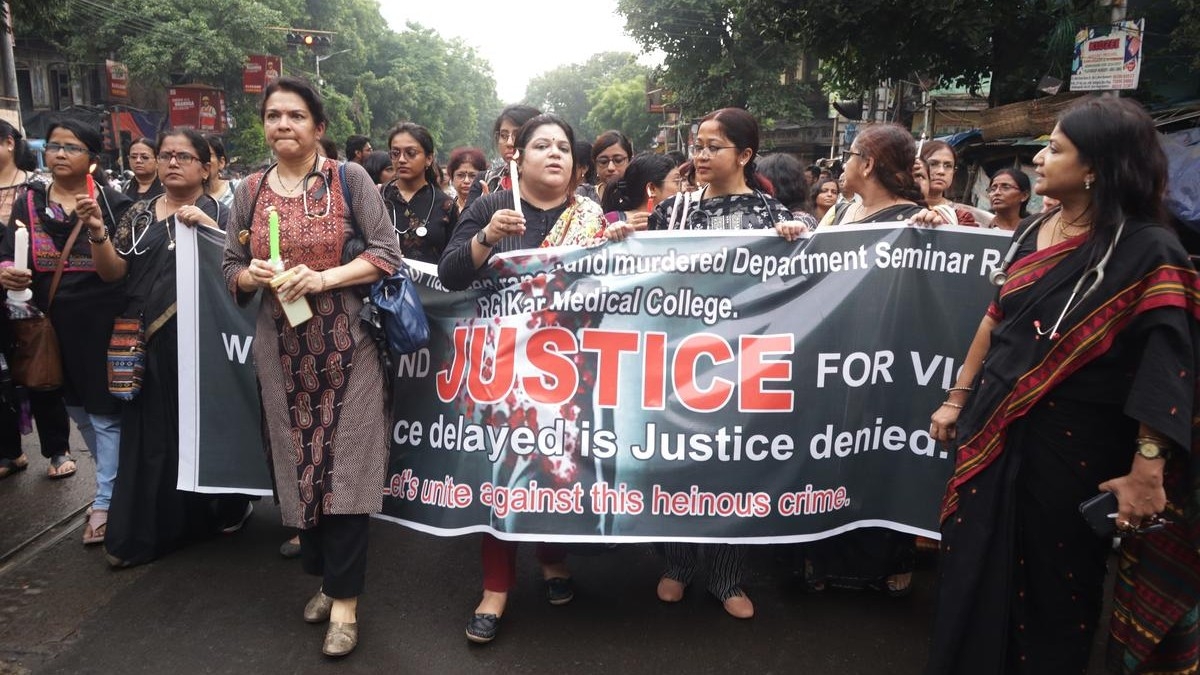During a public gathering in Palghar, Prime Minister Narendra Modi issued an apology for the collapse of the Chhatrapati Shivaji Maharaj statue at Rajkot Fort in Maharashtra’s Sindhudurg district. Addressing the audience, Modi emphasized the deep respect and reverence he and his colleagues hold for Chhatrapati Shivaji Maharaj, describing him as more than just a historical figure. “For me, my colleagues, and everyone, Chhatrapati Shivaji Maharaj is not just a king. He is highly revered and worshipped as our aaradhya dev (revered deity),” Modi said. He extended his apologies to those who were hurt by the incident, acknowledging the deep sentiments associated with the Maratha ruler.

The statue, which stood 35 feet tall and was inaugurated by Modi on Navy Day in December 2022, collapsed on August 26, creating a political stir in the state ahead of upcoming elections. Initially, Chief Minister Eknath Shinde attributed the collapse to heavy winds along the coast, while Deputy Chief Minister Devendra Fadnavis clarified that the statue was constructed by the Navy and not the state government. However, after backlash from the BJP’s central leadership, Shinde stated that he would not hesitate to “apologize 1,000 times” for the incident.
The Prime Minister also highlighted the importance of Chhatrapati Shivaji Maharaj’s legacy, particularly his recognition of the strategic value of sea trade. Speaking on the occasion of laying the foundation stone for the `76,000-crore Vadhvan Port project, Modi noted that the project, which had been stalled for decades, was expedited under the leadership of former Chief Minister Devendra Fadnavis. The port, located about 150 km from Mumbai, is expected to be operational by 2030 and will significantly enhance India’s maritime connectivity, particularly through the International North-South Transport Corridor (INSTC) and the India-Middle East-Europe Economic Corridor (IMEC).
This new port is poised to alleviate the load on Jawaharlal Nehru Port and strengthen India’s trade links with Russia, Central Asia, and the broader Middle East region.




